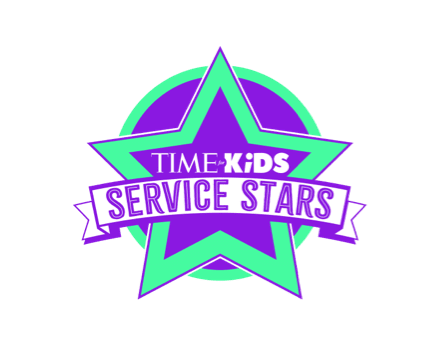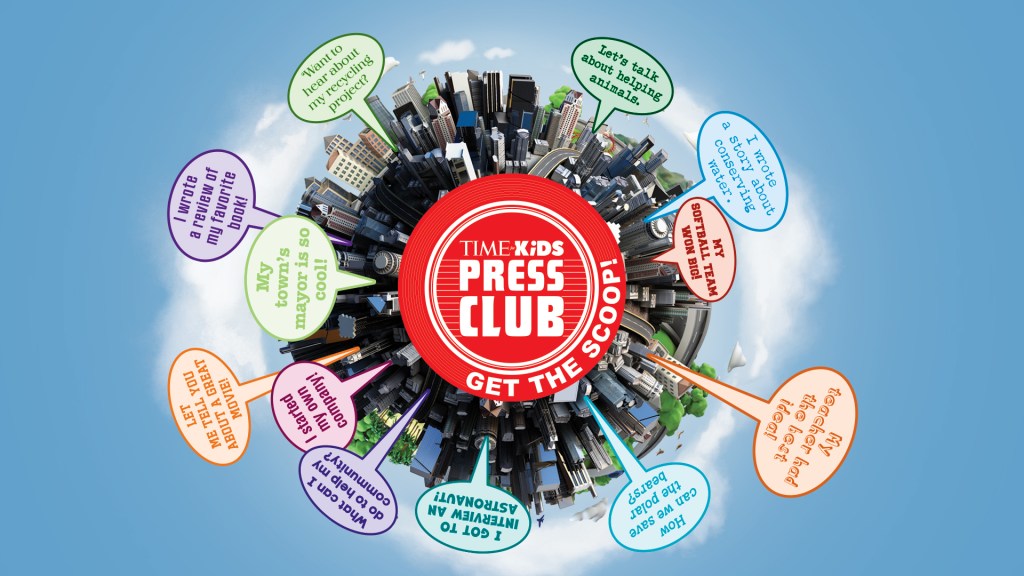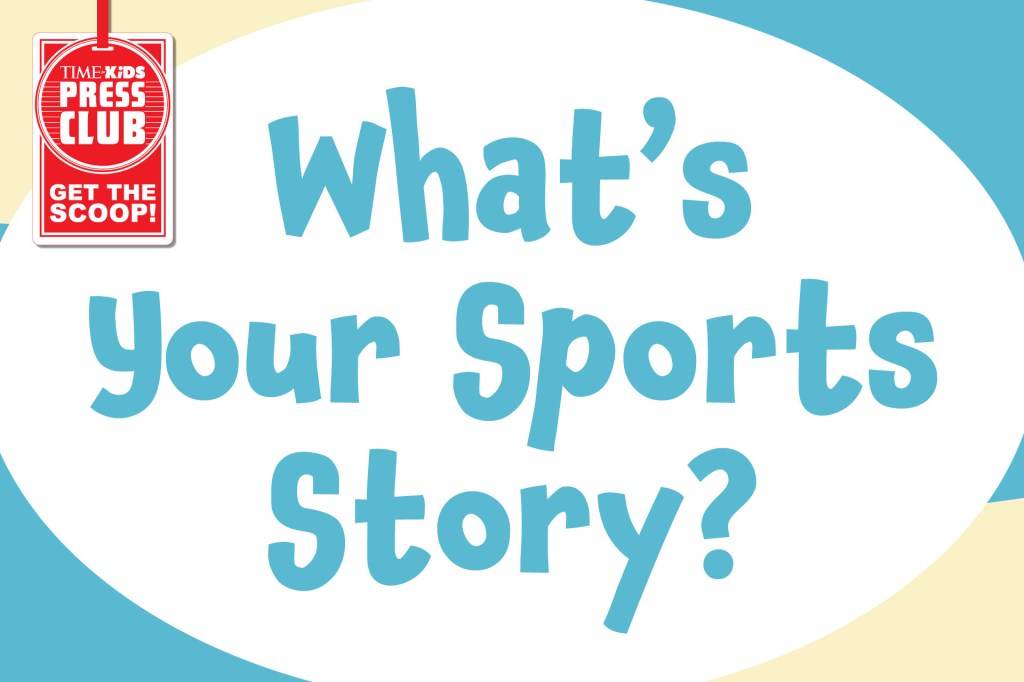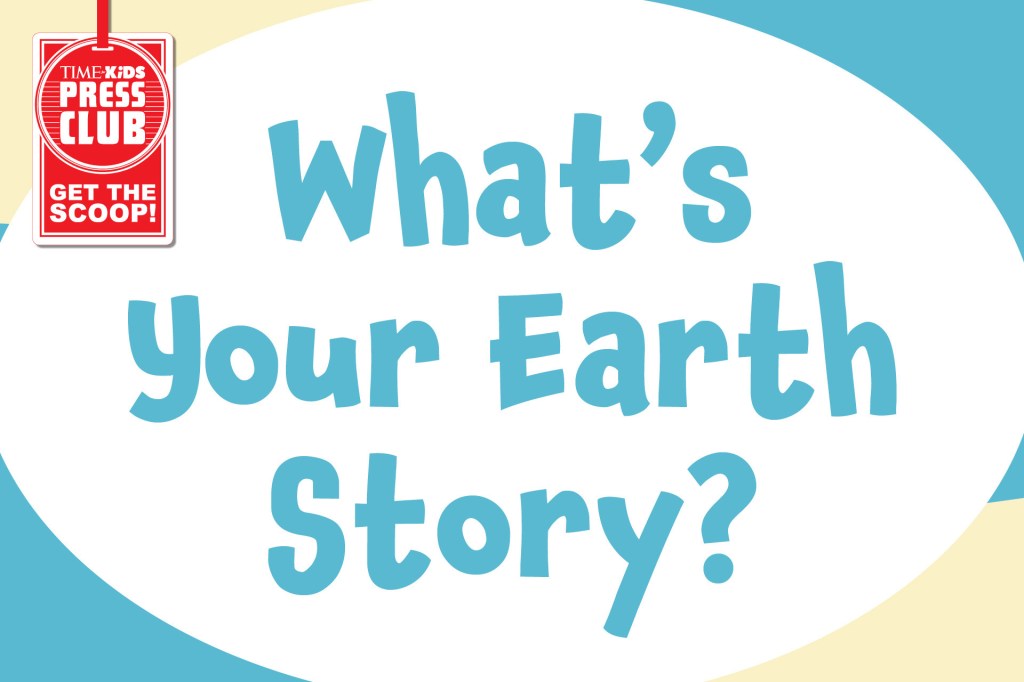What Do You Stand For?
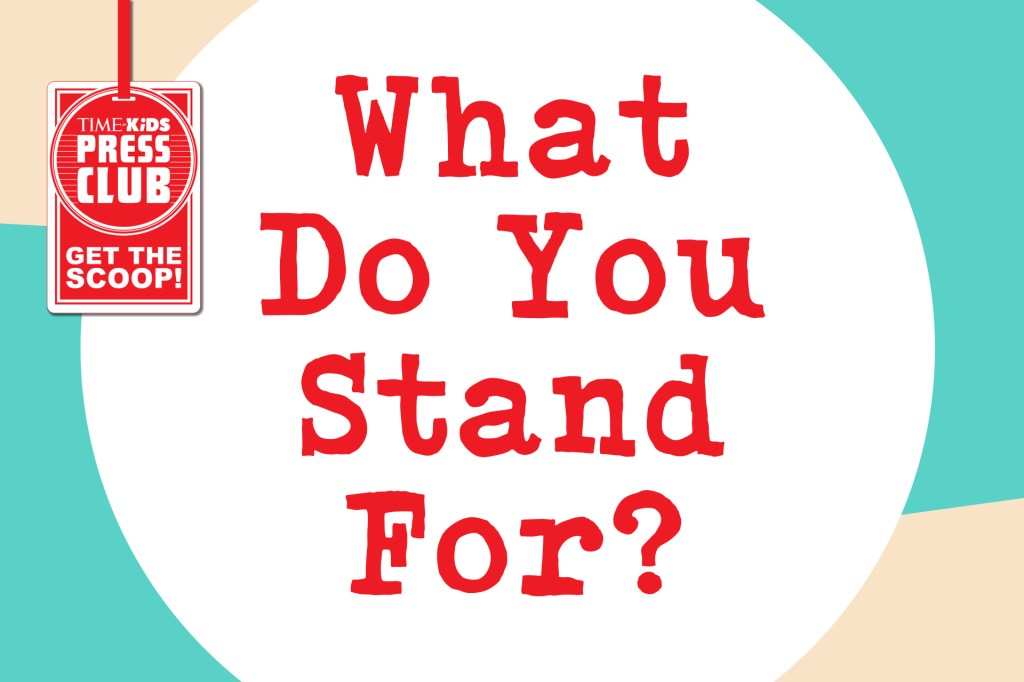
Hi there, Junior Journalist! Ready for your first TFK Press Club mission? Grab your press badge, something to write on, and something to write with. Then, read on...
Mission 1: What Do You Stand For?
Martin Luther King Jr. Day falls on the third Monday of January each year. This year, we celebrate on January 17. It’s a day to remember and honor the great Civil Rights leader. He delivered a speech on August 28, 1963, in which he described his dream for America. More than 250,000 people gathered at the Lincoln Memorial, in Washington, D.C., to stand up for what they believed. They carried signs to help their voices be heard.
Protesters often carry signs to share their demands and beliefs. They can educate others or ask others to join a cause. Carrying a sign shows you are taking a stand.
Junior Journalists, we want to know: What do you stand for? What issues are important to you and your friends? Write to us! You can also share a photo, video, or drawing. Then have a teacher, parent, or guardian send it to us here or at tfkpressclub@time.com. Some submissions from Junior Journalists will be featured in TIME for Kids.
Click here to learn more about the TFK Press Club and to access other missions.
Hear from Junior Journalists
I stand for Black Lives Matter. It is unfair that people are treated differently just because of the color of their skin, or their race. We are all humans and should be treated the same. Ian S., 11, Florida
I stand for women's rights. It is not right that women still get treated very differently, just because of their gender. Aren't we all people? Don't we deserve the same rights? At the end of the day, we all live on the same planet. Greter E., 11, Florida
I stand for peaceful protesting. I think peaceful protesting is very important for getting your voice heard without giving anyone a reason to not listen to you. A good example is Gandhi. Gandhi peacefully protested to free India from Britain. Even when the British used violence, Gandhi did not. Sofia F., 10, Florida
I have been standing up for clean air since I was 5. When I was in kindergarten, I saw that many parents left their engines running when they got out of the car to pick up their children. It bothered me. I made a poster saying, ‘Save the polar bears! Please don’t let the engine idle when picking up your child.’ I posted it at the gate, but it didn’t work well. Many parents still left their engine running. I was sad. I talked to my mom. She told me that maybe not everyone cares about polar bears. I thought about it, and when I was in second grade, I made another poster. I said ‘Keep the air clean for the children. Please don’t leave the engine running!’ It worked a little better. More parents turned off their engines when picking up their children. Now I am in third grade. I continue to come up with new ideas to advocate for clean air. Jade C., 8, California
I stand against climate change. Climate change is making the environment immensely worse for us and for all other living organisms, as well. Take polar bears, for example. The ice is softening because of global warming, which is one impact of climate change. According to WWF, the population of polar bears is projected to decline 30% by 2050. The ice is where polar bears live. What can we do about it? Scientists say that within our lifetime, we can’t bring the world back to how it was before climate change. But we can prevent it from getting worse. Climate experts say that we are the ones who started it. I think we’ll be able to end it, too. How? We can start by burning fewer things and creating less pollution. That’s one of the main causes of climate change. Another thing we can do is decrease intensive animal farming. Last but not least, we can grow more trees, flowers, and plants. That way, there will be less carbon dioxide in the air and more oxygen for every living organism. The plants suck in the carbon dioxide that we give out. That’s what we can do about climate change. Shrimayee I., 9, California
Mrs. Gahren's kindergarten class:
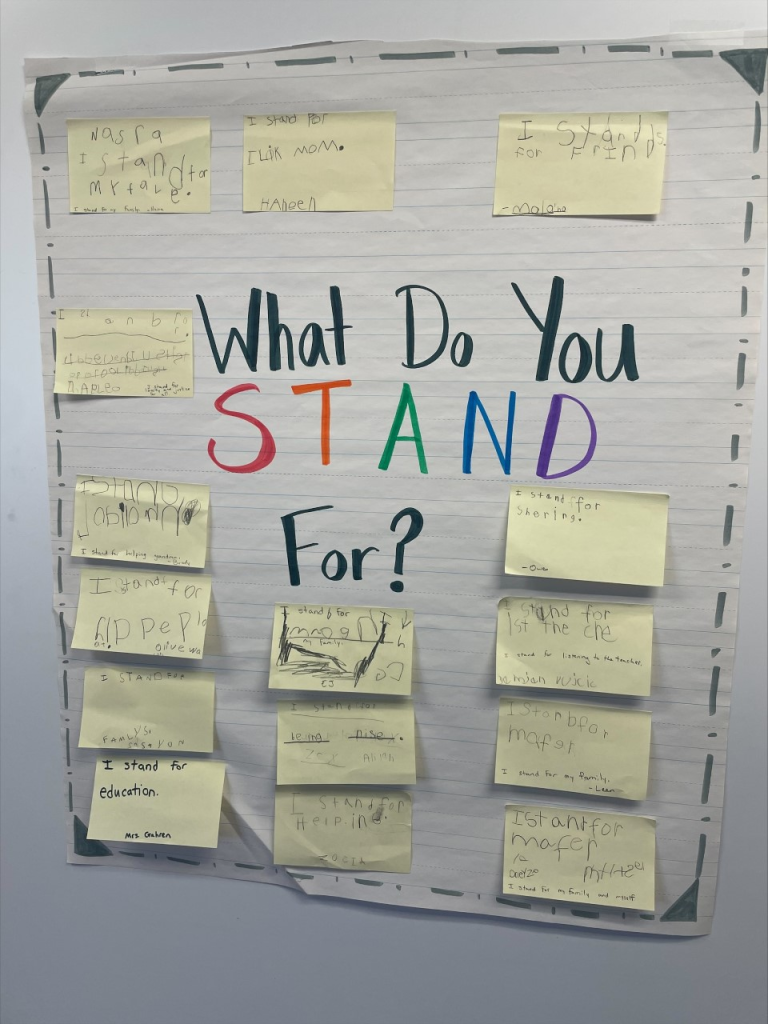
Ms. Strelsin's third-grade class:

I think we should help save the environment. I have some rules for you to hear and follow. One, do not litter or feed wild animals. Two, turn off lights in the rooms you are not using. Three, recycle reusable things. I think that you should save animals because if we do not have animals then we won't have Earth to live on and we don't want that. Hadleigh H. (8, Ohio)
I want to stand up against bullying. Martin Luther King believed in nonviolence, like Mahatma Gandhi. I also read that Mahatma Gandhi had a great way to respond to bullies. He simply said he doesn't accept what they have to offer so it goes back to them. I think we should do the same to fight this problem. Simran A., 7, Michigan
Hemlocks are in danger and we need to help them. You might be wondering, why do we need to help hemlocks? Well, a bug called the woolly adelgid has been eating our hemlocks. These bugs are not friendly. They harm hemlocks in an unpleasant way. They feed on the sap at the base of the needles, causing the needles to die, as well as the branches. To treat these bugs, you have to use a type of horticultural oil. When the woolly adelgid eats the sap, it forms a cocoon on the base of the needle. The cocoon looks like a small white bead. If you ever come across a hemlock and see those tiny white beads, you can be almost 100% sure a woolly adelgid has been having a snack. It takes about five years for the whole tree to die. I'm so glad we still have hemlocks. Even though we cannot stop woolly adelgids from eating our hemlocks, we can still put some effort into trying to save as many hemlocks as we can. Leah W., 10, North Carolina
Junior Journalist submissions have been edited only for length and clarity. They are not intended to reflect the views of TIME for Kids. Ages are accurate as of the time of submission.




